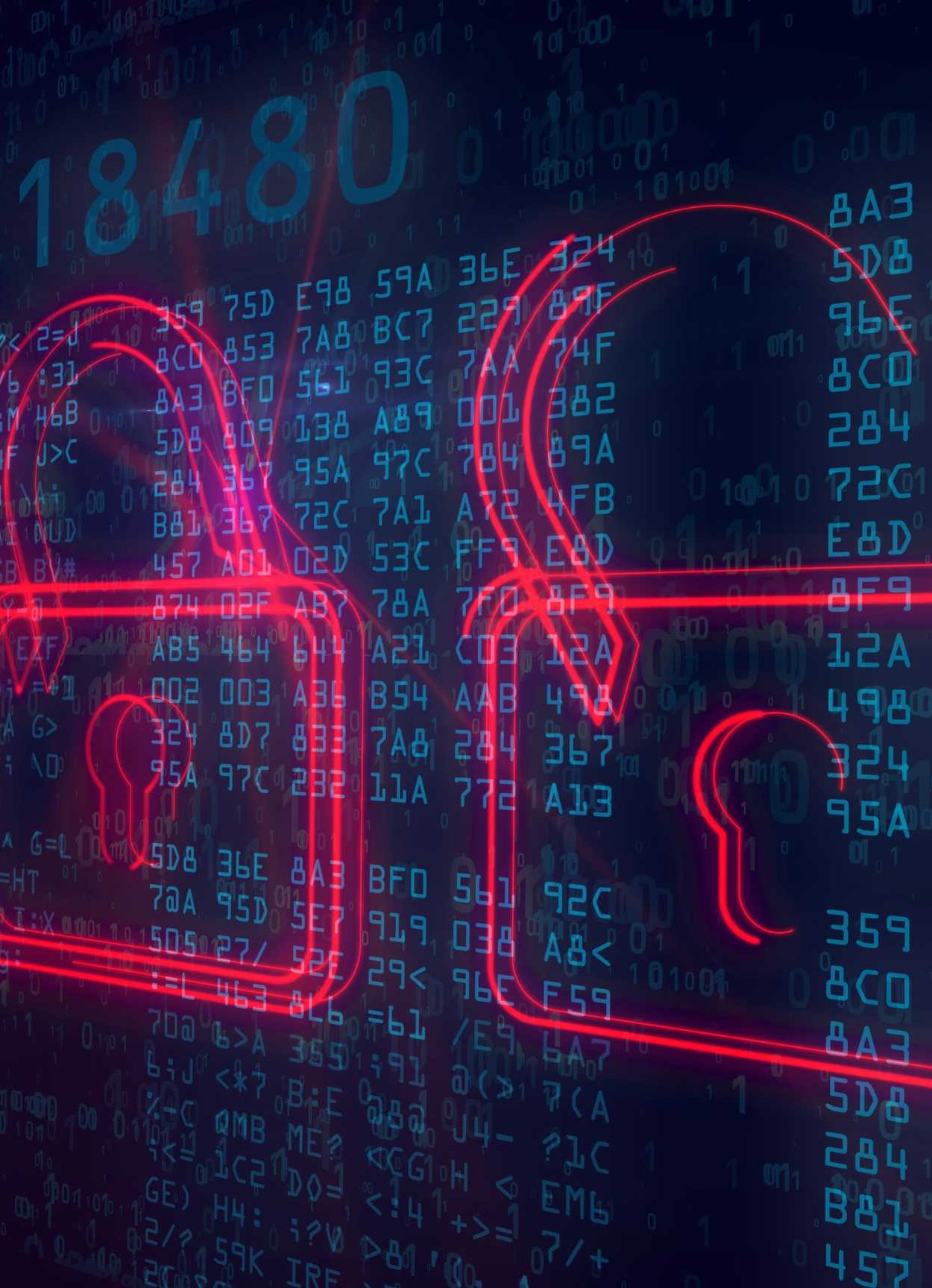The digital era’s rise has transformed society’s functioning, making tasks from social media to fintech accessible with a few clicks. However, this convenience comes at a cost, with the vast data repositories becoming hotbeds for cyber threats. Despite robust measures, breaches like the 2018 Indane Aadhaar data leak and the 2017 Equifax incident underscore the relentless battle against evolving cyber dangers. Interconnected systems, cloud computing, and IoT expansion also introduce new threat avenues.
The Association of Certified Fraud Examiners reports a yearly 5% revenue loss due to fraud across organizations. Hackers adeptly exploit changing work patterns, necessitating adaptive defense strategies. However, Artificial Intelligence (AI) and Machine Learning (ML) emerge as game-changers, analyzing data to detect patterns and anomalies, bolstering cyber resilience and proactive risk management.
Amidst the ascent of every sector on the technological spectrum, fintech companies confront distinct cybersecurity hurdles due to data sensitivity. Prioritizing robust measures thus becomes paramount to safeguard customer information and financial operations. Employing cybersecurity trends is vital, strategies for which include:
- Secure banking platforms:
The BFSI sector should and is embracing secure banking platforms, harnessing encryption, multi-factor authentication, and secure communication channels. These fortify customer access and shield sensitive financial data.
- Fraud detection and prevention:
AI-powered fraud detection systems gain traction, scrutinizing real-time transactional data to unveil anomalous patterns. Machine learning algorithms identify potential fraud, curtailing financial losses and bolstering customer security.
- Data roptection and compliance:
Adherence to stringent data privacy regulations like GDPR and PCI DSS is essential. Robust data protection measures and compliance nurture customer trust and avert penalties.
Across sectors, organizations can proactively counter cyber threats using robust cybersecurity that integrates technical and non-technical measures. Evolving threat landscapes demand new, adaptable strategies. Some include:-
- Proactive threat intelligence
This initial line of defense comprises constant digital surveillance, understanding emerging threats, and pinpointing potential vulnerabilities within the organizational framework. Robust threat intelligence programs are pivotal in outpacing potential dangers, enabling enhanced readiness and responsiveness to potential cyberattacks.
- Comprehensive data security and protection
Data protection necessitates multifaceted strategies. Robust authorization and authentication management, extensive data backup strategies, and disaster recovery plans ensure data resilience, even in the face of breaches or system failures.
- Blockchain for enhanced security
The decentralized and immutable nature of blockchain bolsters security and transparency. Its applications span secure identity management, tamper-proof data storage, and verified transaction validation. Organizations can tap into blockchain’s potential to fortify cybersecurity defenses.
- Embracing zero trust architecture
In a cloud-dominated era, Zero Trust Architecture upends traditional trust paradigms. Rooted in the principle of least-privileged access, it mandates context-based trust assessments for users and applications. Such context hinges on factors like user identity, device security posture, and requested service. By presuming hostility by default, zero trust architecture enables strengthen security across various network environments without demanding architectural overhauls.
- Leveraging automation and orchestration tools
The ascendancy of AI-powered security automation streamlines mundane tasks like patch management and incident response. Machine learning algorithms infuse efficiency, freeing human resources for more strategic undertakings.
- AI-driven penetration testing and vulnerability management
AI and ML are revolutionizing penetration testing and vulnerability management. These technologies automate unauthorized access simulations and vulnerability assessments, expediting these processes and augmenting their precision.
- Elevating employee awareness and training
Undoubtedly, human vigilance is pivotal. Cybersecurity awareness training empowers employees to fortify the human dimension of security. For remote workers, especially, vigilance against phishing, social engineering, weak passwords, and compromised networks is imperative. Training encompasses phishing recognition, robust password practices, privacy preservation, compliance adherence, identification of insider threats, defense against CEO/wire fraud schemes, and safeguarding data in transit.
Businesses can choreograph secure digital realms through orchestrated cybersecurity practices. Besides, the governments globally are also keen on adapting to the shapeshifting needs of cyber security measures. In August 2023, the Indian Parliament passed the Digital Personal Data Protection Bill, 2023. This encompasses the purview of personal data breach and rightly sets the grounds for ‘legitimate uses’ of data processing. While the organizations are gearing up their defense lines against cyber threats, the government is following suit as well with adaptation of AI and ML technologies.
In the near future, however, AI and ML are seen spearheading the symphony of orchestrated cybersecurity practices, shaping future strategies with automated expertise. Autonomous security systems guided by AI and ML’s decision-making prowess stand as the cornerstone. These technologies refine Security Operations Centers (SOCs), automating tasks, analyzing diverse data, and furnishing real-time threat insights. Furthermore, the fusion of AI and blockchain offers decentralized security, spanning identity management, data sharing, and payment systems. Technological evolution bears both convenience and advanced threats—but the threat landscape will remain navigable with updated tools and strategies consistently.






